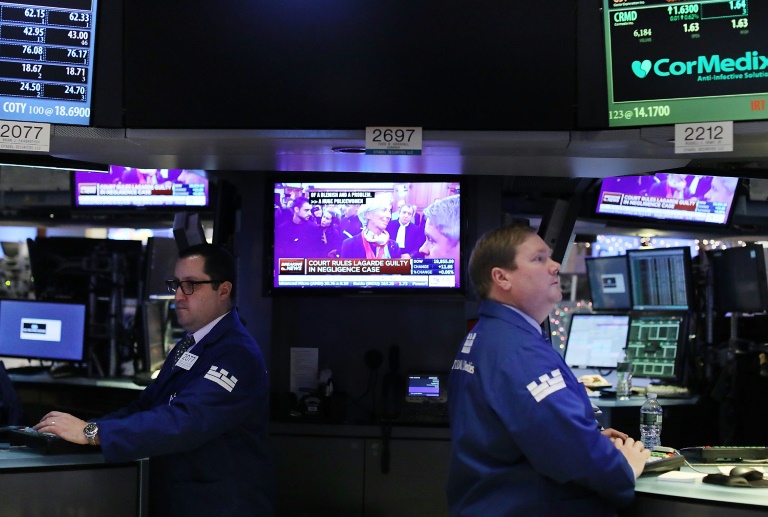If you haven’t already booked your travel to see the solar eclipse on April 8, it could be too late to get decent reservations for flights, hotels, and rental cars — or it could cost an exorbitant amount.
The total solar eclipse will pass over North America — including parts of Mexico, the United States, and Canada — with varying degrees of darkness on April 8. In what is called “the path of totality,” the sky will go completely dark for a brief time; other places, like Denver, will see a partial eclipse.
The rush is still on for people to be in that path and experience the strange moment when daytime switches to nighttime with a sudden drop in temperature and darkness.
As the moon covers the sun causing the eclipse, experiences will vary depending on location and weather; it is these variables that make traveling to witness this phenomenon a gamble. In Denver, the sky will be at 65% totality at 12:40 p.m., with the eclipse spanning between 11:28 a.m. to 1:53 p.m. (Parts of Colorado experienced a different kind of eclipse in 2023.)
In an effort to see the full eclipse, people are getting creative as they strategize flight distances, possible clouds, traffic jams and costs.
“United is seeing incredibly strong travel demand to top viewing destinations like Cleveland, Little Rock and San Antonio in the days leading up to and after the eclipse, with bookings up double and triple digits compared to the same time last year,” said Russell Carlton, corporate communications manager for United Airlines, in an email.
“United also has eleven flights potentially in the solar eclipse path for customers looking to take in the views above the clouds,” Carlton added. “Customers on select flights in the path will receive special United eclipse glasses to ensure they get the best — and safest! — views.”
In the U.S., the path of totality will cross Texas, Oklahoma, Arkansas, Kentucky, Illinois, Missouri, Indiana, Ohio, New York, New Hampshire, Maine, Pennsylvania and Vermont.
The closest drive from Denver to see the full eclipse would be Dallas, a 12-hour drive each way. Two-hour flights to Dallas from Denver on Southwest Airlines the weekend before the eclipse were about $500. For comparison, the next three weekends it costs $100 or less to fly from Denver to Dallas. On United Airlines, an economy ticket for the two-hour flight from Denver to Dallas on the Saturday before the eclipse runs $1,374. (For those with six hours to spare, the cost drops to $649 with a stop in Orlando.)
San Antonio, a 14-hour drive from Denver, is even more popular, with fewer flights left across airlines and higher prices for those that have remaining tickets. A search on AAA Travel shows no cars left for rent between April 7 and April 9 in San Antonio; Kayak shows car rentals for those dates available from Sixt for $1,700 to $2,300. La Cantera Resort & Spa is offering a three-night $3,500 Eclipse Package, while hotels in the city’s famed Riverwalk area downtown are sold out.
For those who can find a way into San Antonio, there are limited flights out the day after the eclipse: Southwest Airlines is sold out for that entire day and almost completely two days after.
People are betting on clear skies further south, so for those who want to see the eclipse in Mexico, it will be expensive or take considerable time. With American Airlines, travelers can choose a 32-hour flight for $777 with two stops or a six-hour flight for $2,074 (with a variety in between on both price and time).
It’s not just the predictably sunny destinations in the path of totality that are experiencing high demand and surge pricing as a result. The shortest flight on United to Rochester, N.Y. will take just under six hours with one stop and cost $1,630 (a week later, the same flight is under $200). While the flight prices and availability shift daily (if not hourly), the pattern remains the same with inflated prices in the day or two prior to the eclipse, with a drastic drop for any other similar day and time.

There are some relative bargains to still be had, though, for spontaneous solar eclipse watchers. A non-stop 2 1/2-hour flight from Denver to Indianapolis on United on April 6 is going for $649. The Holcomb Observatory at Butler University is hosting a free eclipse party, and at Indiana University there is a Hoosier Cosmic Celebration where Star Trek actor William Shatner will deliver a speech (tickets are $19-$59) and actress and singer Janelle Monae will perform. Southwest is slightly less at $586 for a non-stop flight to Indianapolis on April 6.
A nonstop, three-hour flight to Cleveland, Ohio, on United will set you back $548 on April 6. (A week later, that same flight is $90.)
Combining air travel with a road trip in Oklahoma might be the most affordable and closest-to-Denver option. Southwest Airlines has a non-stop, 90-minute flight for $382 on April 6 from Denver to Oklahoma City. The path of totality will cross Broken Bow, about a four-hour drive from Oklahoma City. Rental car rates on AAA Travel are about $80-$90 per day April 6-9 (a week later, prices drop to $29 per day). The trick is finding lodging in this rural spot, but big groups have options at Broken Bow Cabin Lodging, for example, where up to 25 people can split a bill of $3,429 for two nights April 7-9. (Two weeks later, that total cost is $2,096.)
Of course, this is not an exhaustive list of every location in the path of totality or each airline or mode of transportation available to get to one of these destinations. Ironically, the entire event — which includes the moon slowly starting to cross the path of the sun and then briefly covering the sun before it slides over and then fully reveals the sun again — lasts less than most flights to see it. The entire eclipse event is about 2 1/2 hours long, and the full eclipse can be seen for up to 4 minutes and 27 seconds, depending on location.
Note: Wherever you are for this event, always wear the proper eye protection when looking at the sun.
Subscribe to our weekly newsletter, In The Know, to get entertainment news sent straight to your inbox.







